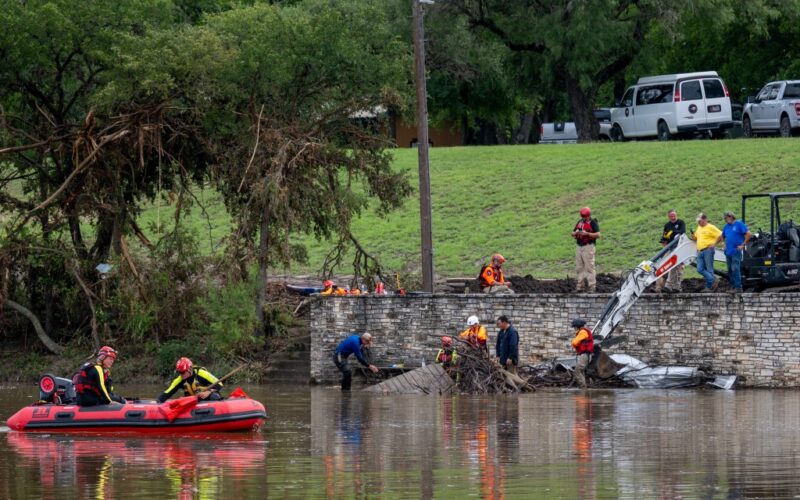Most Americans go about their daily lives with quiet confidence that someone has their back. That if the river rises, or a wall of flame approaches, or something is about to explode, there are people whose job it is to sound the alarm. That’s the unspoken promise of public safety.
But in the early morning hours of July 4 in Kerr County, Texas, that promise was broken and more than 100 people died from flash flooding. And now, as the latest American catastrophe unfolds in a now-familiar script — alerts delayed, warnings missed, the most vulnerable left behind, and leaders quick to deflect blame — we’re left to ask: Was that confidence ever real?
As human beings, we’re endowed with a uniquely human trait: hope. Hope is powerful — but it can also be dangerous. Left unchecked, it gives rise to complacency — comforting illusions like “It won’t happen here,” or “I’ll figure it out when the time comes.”
Complacency keeps us from preparing for disaster — or even facing uncomfortable truths. That’s human. But when the people we rely on carry those same illusions, people die. In a world of rising threats, someone has to stay awake. Someone has to keep watch — and spur action before it’s too late.
That someone is your government. The people you elect and the systems they fund. In the United States, the Constitution does not assign disaster response responsibilities to the federal government. That power is reserved to the states — meaning the person ultimately responsible is your governor. But in most states, governors delegate that responsibility to local governments — county or municipal — making your local emergency manager the point of the spear when disaster strikes.
Emergency managers are professionals. And like any profession, success requires more than knowledge and tools — it requires the right mindset. The most important trait an emergency manager can possess is a clear-eyed, complacency-free view of the threat landscape. A mindset bereft of false hope, and suffused with pessimism — even paranoia.
We are the red teamers. The professional worriers. We must think — and act — with the worst-case scenario in mind, every time. On the afternoon of Thursday, July 3, in the Texas Hill Country, there was ample evidence to support a worst-case assumption about what could happen later that night. But the mindset wasn’t there. And the failure to act on it had deadly consequences.
There’s been a lot of talk — on the news and on social media — about how local emergency management is underfunded. And it’s true: outside the big cities, many local programs are under-resourced, isolated, and running on fumes.
But let’s be clear: this isn’t just a resource problem. It’s an accountability problem. Yes, your local emergency managers must have the staffing, tools, and support they need to do the job. But you must also expect — and demand — that they are doing that job. That day and night, in every jurisdiction, they are watching the skies, reading the rivers, and activating on behalf of the families who rely on them.
Peace of mind comes from knowing someone is ready. Most people don’t care how emergency management works — they just want to trust that it does. But that trust is being betrayed.
A recent investigation identified at least a dozen natural disasters in the past decade where local emergency managers failed to issue alerts in time to save lives — or never issued alerts or evacuation orders at all.
Kerr County is just the latest example. From Ingram, Texas, to Maui, to East Palestine, local governments simply don’t have the capacity — or the accountability — to manage the full range of disasters they face. And that means the next time catastrophe strikes, no one will have your back.
Once again, we will fail to deliver the kind of organized, compassionate outcomes our communities deserve. And the question we must ask now is: Who will be awake when the next one comes?
McKinney is the vice president of emergency management and enterprise resilience at NYU Langone Health in New York City and the former deputy commissioner at the New York City Office of Emergency Management.








